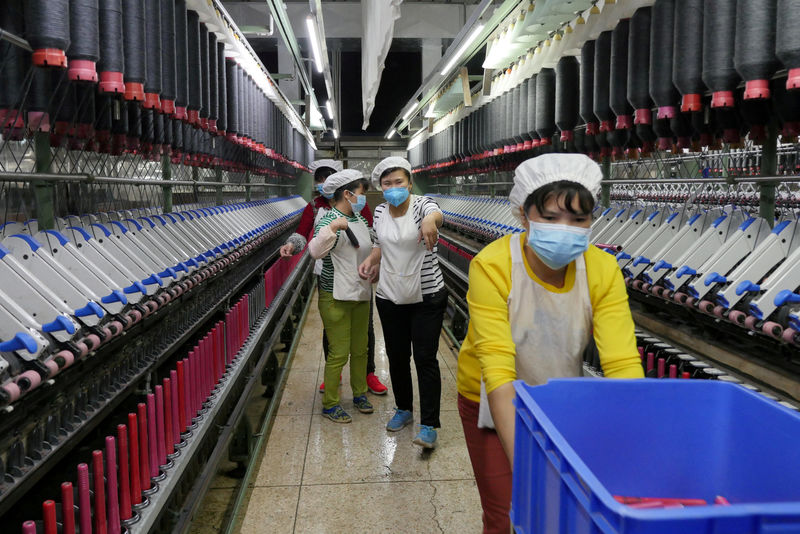* "Excess capacity" is a slippery and imprecise phrase
* G20 governments under-reported their steel protectionism
* 96 pct of U.S. steel imports covered by pre-Trump trade defences
* Only 18 pct of world trade in sectors with Chinese overcapacity
By Tom Miles
GENEVA, May 3 (Reuters) - The concept of global excess capacity, commonly used to support the creation of trade defences against China, is imprecise and unsound as a justification for U.S. protectionism, a study by a Swiss-based trade watchdog said on Thursday.
Global Trade Alert, an initiative coordinated by Simon Evenett, professor of international trade at St Gallen University in Switzerland, sought to quantify excess capacity, especially in steel, and the damage to global trade.
Its report, by Evenett and Johannes Fritz, a research fellow at St Gallen, found that there was no compelling case for governments to get upset about global excess capacity in manufacturing.
"On examination, it turns out that the phrase excess capacity is slippery -- rhetorically useful, but hard to pin down, even harder to operationalise, and at the same time woefully misleading."
The United States, the European Union and Japan have accused China of trading unfairly by subsidising bloated steel and aluminium sectors and flooding the world with cheap exports.
U.S. President Donald Trump has used China's mammoth steel and aluminium sectors as justification for imposing tariffs on global supplies, causing an outcry from many countries. Trade Alert has catalogued global trade policies since 2009 to gauge trends in protectionism, following a pledge by the G20 group of countries in November 2008 not to resort to trade protectionism as a response to the financial crisis.
There was no question that the steel sector was plagued by trade distortions, the study said, but G20 governments had grossly under-reported their own use of trade-distorting policies.
"Even before the recent steel tariffs were imposed by the U.S., the cumulative effect of the 144 American actions to limit steel imports still in effect today covered 96.8 percent of U.S. steel imports," the report said.
Targeting excess steel capacity was "a fool's errand", because measuring it was very difficult, and estimates of China's steel production capacity varied enormously, it said.
Drawing on Chinese and U.S. sources, the study said other sectors thought to have overcapacity included glass, shipbuilding, base metals, paper, chemicals, batteries and footwear.
But for most of those, Chinese overcapacity had little impact on global trade, the study said. China's exports of those products accounted for only a small proportion of its total exports and less than 2 percent of G20 countries' manufacturing imports, it found.
Since 2005, no more than 21 percent of world trade was in sectors where China was suspected of having overcapacity, and that number had fallen from 2011 to reach 18 percent in 2016.
